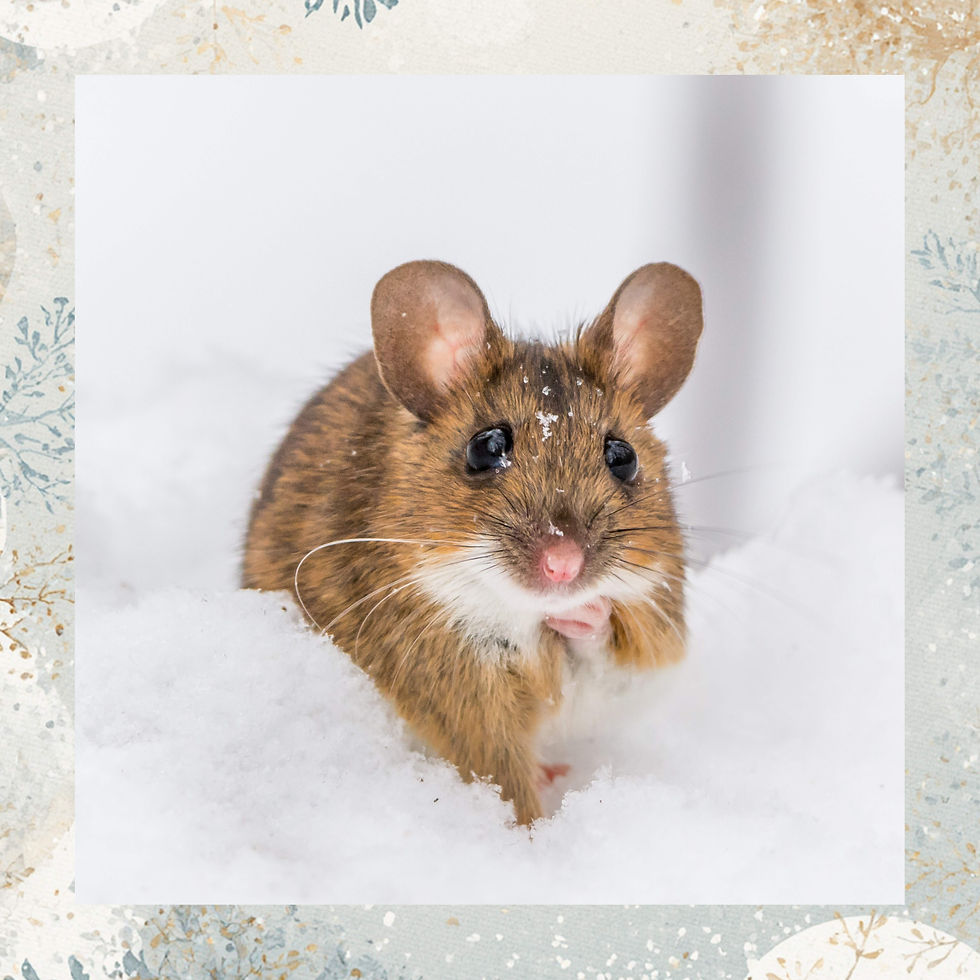The Osprey are back – and in numbers!
- jill456
- May 20, 2023
- 3 min read

Spring is in full swing, and the last waves of migratory birds are moving in. Several resident bird species are busily building nests, and some have already hatched out their first batch of young. One of the earlier migrants to arrive is the Osprey, and we have reasons to be extra excited about their return to Chautauqua County each spring. Osprey populations were decimated by the effects of DDT and declined by more than 90% between 1950 and 1970. But through a ban on the devastating use of DDT, combined with targeted conservation efforts, our Osprey (as well as Bald Eagles) have shown a steady population increase since.
These long-term success stories are heartwarming but don’t take away from the short-term risks that Osprey and other migratory birds face from year to year. Most travel thousands of miles between their summer breeding range and their wintering grounds in Central or South America. Being able to survive such a journey twice a year depends on many factors, ranging from having healthy food on both ends of the journey (e.g. seeds and berries from native plants that are rich in fats and provide much energy – not those found on most invasive plant species because they are rich in sugars and are essentially avian junk food) to having suitable habitat patches along the length of their migratory route to ensure that they can stop, rest, and forage when they need to. They face inclement weather, predators, window strikes, and many other natural and man-made challenges every leg of their journey. It’s a minor miracle that these intrepid travelers complete their journeys as often as they do!
Chautauqua Watershed Conservancy’s Loomis Goose Creek Preserve on Rt 394 in North Harmony had an Osprey nesting platform installed for many years before a pair successfully nested and raised a chick in 2021. Each year since, the pair, dubbed Femke and Hauke, returns like clockwork. Hauke, the male, tends to get back during the last week of March and carries out some minor repairs to the nest to ensure that it is in spectacular shape when the female, Femke, returns a week or so later. Even though the pair bonds for life and returns to the same nesting platform each year, they don’t spend their winters together. Male Osprey mostly overwinter on the many islands that dot the Caribbean Sea, while female Osprey head into northern South America instead.
For the past three years, we’ve had a motion-activated camera installed over the nest at the Loomis Goose Creek preserve, and we can follow along with the antics of “our” birds. If you drive by the nest right now, you may not see much action because Femke has been sitting on at least one, possibly two, eggs for the past two weeks now. Hauke is out hunting for fish to feed himself and his partner, and otherwise keeping a watchful eye on the nest from a safe distance. Once the egg(s) hatch, there will be much more activity noticeable from the ground as both parents will then be flying in and out to bring food to their young.
By the time newly fledged juvenile Osprey leave the nest, they are the same size as their parents, and they too will migrate far away before winter hits. Young Osprey generally wait 2-3 years before returning to the area where they were born, looking for a spot where they themselves can start a new nest and raise chicks. This is why, relatively suddenly, our area seems awash in Osprey. After a long absence, we finally saw some breeding success, and with a few years of lag time, those early chicks are returning. You may have seen new nests starting on cell phone towers, utility poles, and even on the light posts at Russel Dietrich Park in Jamestown. While the latter location would provide killer seats for this season’s Tarp Skunk games, the hot floodlights would not be good for these birds! To help future Osprey generations survive safely and healthily in Chautauqua County, the Chautauqua Watershed Conservancy is working with local partners to install additional nesting platforms in more suitable locations. Three were placed in the city of Jamestown last year (downtown by the Chadakoin River basin, at McCrae Point Park, and at Jones Memorial Park) and are waiting for new occupants. Four more platforms are scheduled to go up this summer in various locations around Chautauqua Lake.
If you want to share in the lives of Femke and Hauke and see pictures of their family life, or you want to see when and where new platforms are installed, follow us on Facebook and Instagram.
by Twan Leenders, Director of Conservation
(photo from our Osprey cam at the Loomis Goose Creek Preserve, April 2023)








Comments